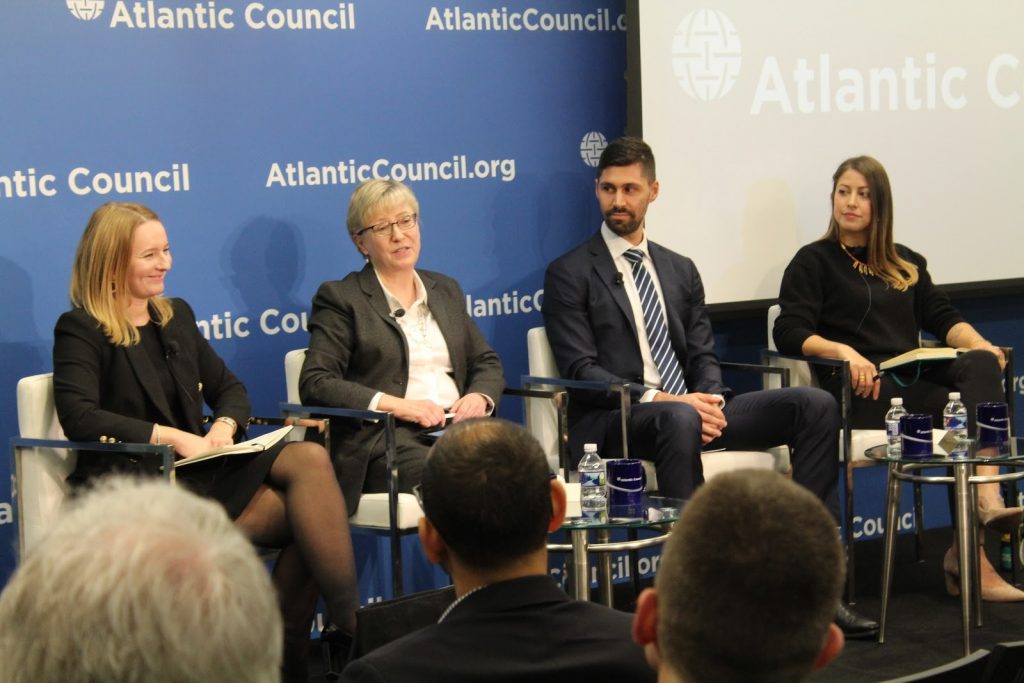With mounting pressure to deliver on climate ambition and the daunting prognosis elucidated in the Intergovernmental Panel on Climate Change’s 1.5°C Report, the need to deploy carbon capture and storage (CCS) technologies to decarbonize hard-to-abate sectors and achieve negative emissions has become increasingly more urgent.
In tandem with policy and government support around the world, private sector action has catalyzed the next wave of global carbon capture and storage projects. Particularly in the United States, innovative incentive mechanisms and sustained government support are driving new CCS project announcements. In emphasizing large-scale emissions, cost, and risk reductions, the next wave of CCS facilities incorporates emissions clusters as well as new business models for carbon transport and storage. At the same time, negative emissions technologies have also gained noticeable momentum.
On February 4, the Atlantic Council Global Energy Center hosted an event showcasing the Global Carbon Capture and Storage Institute’s most recent report, Global Status of CCS 2019: Targeting Climate Change, in tandem with a lively discussion with panelists Maya Batres, Lee Beck, Ryan Edwards, and Janet Peace, moderated by David Livingston, deputy director of climate and advanced energy at the Atlantic Council Global Energy Center. Panelists discussed the current status of carbon capture and storage (CCS), the next generation of CCS projects, policies, and technologies taking shape around the world, as well as the role of CCS facilities in global decarbonization.
Learn more about the Global Energy Center
Image: Left to right: Lee Beck, Janet Peace, Ryan Edwards, and Maya Batres discuss the next wave of CCS developments and facilities both in the US and abroad at the event on February 4, 2020.

